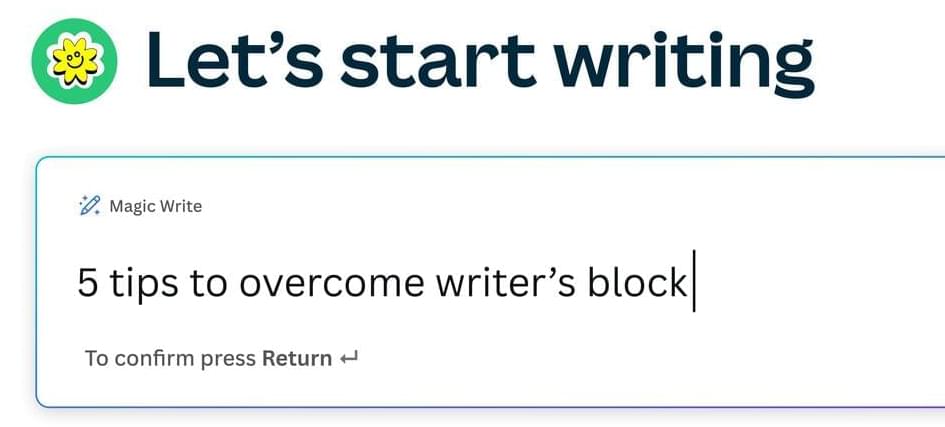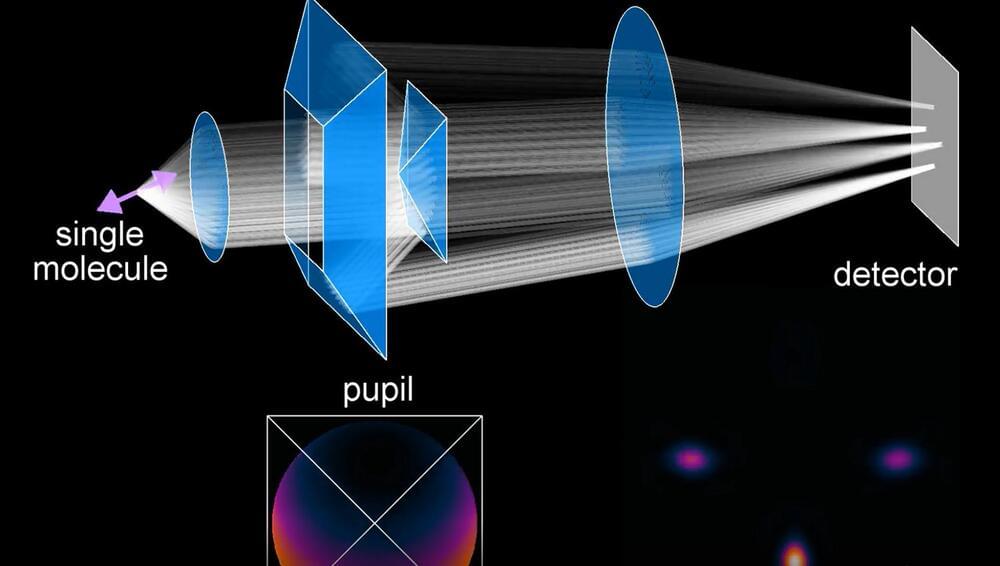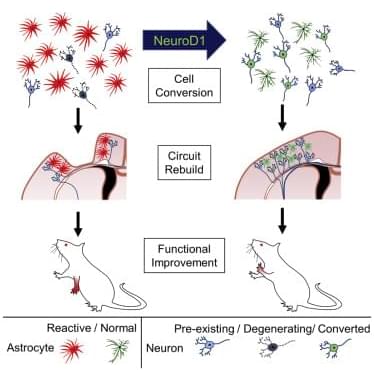Canva launched Canva Docs in an open beta today, a cloud-based hybrid of a word processor and publishing tool. In addition, Canva Docs will be adding “Magic Write,” a generative AI copywriting tool.
Interested users can check out the beta here.
Canva’s latest move aims to diversify the company beyond graphic design and into other areas of marketing and communications. The company added Whiteboards in August, which some have compared to Miro. The Canva tool can also be used to create presentations and edit video.





